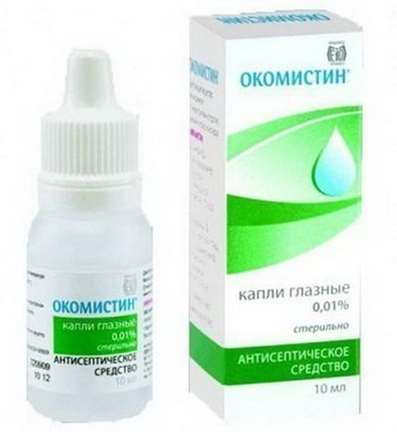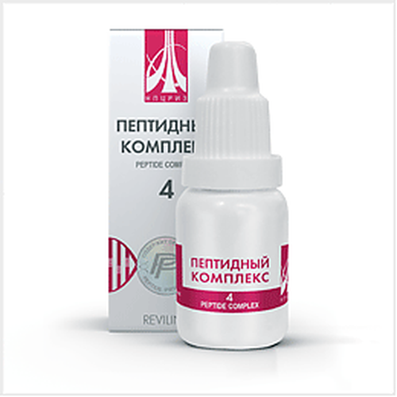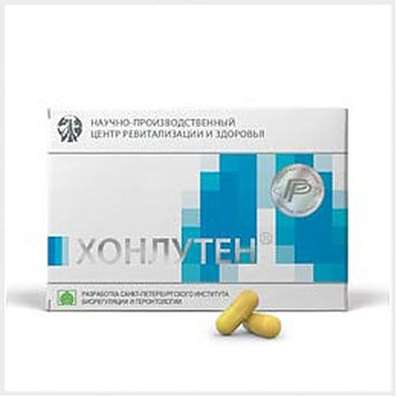Insulin like growth factor 1
09 Dec 2016
The effect of hormone of growth stimulating growth on target organs is performed indirectly through somatomedina and factors of growth with insulin like activity. Now differentiate two factors of growth depending on growth hormone, and practical value has only one is insulin like growth factor-1 (IGF-1) allocated in pure form and received as medical supply. It represents the polypeptide consisting from 69 (according to some authors — 67) an amino-acid remaining balance. In an organism it is synthesized mainly by a liver under the influence of growth hormone. The entered into an organism in high dosages, insulin like growth factor-1 is capable to suppress endogenous products of STG. The polypeptide structure of this substance allows exclusively parenteral ways of introduction as in case of oral administration the insulin like growth factor-1 collapses digestive enzymes (the same as medicines STG and insulin).
Medicines of insulin like growth factor
Today in the world there are no more than three pharmaceutical companies making pharmacological medicines of insulin like growth factor-1 for people. The cost of three bottles of this means fluctuates within hundreds of US dollars. In the world there are units of the strongest bodybuilders and other athletes having an opportunity to experiment with this medicine. Moreover, even for the medical purposes, namely for treatment of burn patients and recovering after severe injuries and transactions, exact dosages and techniques of its application aren't established yet. Besides, many pharmacologists didn't develop a consensus about to what class of medicines to carry IGF-1. The athletes of the highest level experimenting with insulin like growth factor-1 are recognized that they feel quite uncertainly as they don't know either necessary dosages, or frequency rate of introduction, or application terms.
Effects
Insulin like growth factor-1 has the following biological properties:
- stimulates inclusion of sulfates in a cartilage;
- has not suppressed insulin like activity;
- stimulates reproduction of cages;
- has the expressed anabolic activity;
- contacts specific transport proteins;
- possesses the expressed immune stimulating functions.
Influence of IGF-1 on intracellular processes is performed through membrane receptors which are found in a liver, kidneys, lungs, skeletal muscles, adiposities and fibroblastic. Except STG, the IGF-1 level is influenced by age (its secretion increases during the pubertal period), food (secretion goes down in case of deficit of proteins), a functional condition of endocrine bodies (secretion goes down in case of diseases of kidneys, a liver, a hypothyroidism, obesity, insufficiency of vitamin A, nervous depletion). From stated above it becomes clear that pharmacological properties of this substance are of a certain interest in respect of creation of muscular tissue. G. B. Forbes's (USA) researches in 1989 showed that IGF-1 is capable to influence cages satellites, forcing them to share with formation of a new kernel — and it no other than a giperplasia, i.e. that phenomenon about which there is no consensus in circles of sports physiologists yet. Nevertheless if it exists, then this substance is really extremely effective anabolic agent. You can try Bronhalamin.
Medicines of insulin like growth factor-1 of pharmaceutical quality receive by method of genetic engineering therefore they are extremely expensive that does unprofitable their delivery to the market of the CIS countries even "gray" dealers. In the Russian "black market" of sports pharmacology there are various, however, so far not numerous medicines containing according to statements of the producer, "a set of factors of growth". Theoretically they shan't be effective at least because are accepted orally. However many users accepting these medicines note the expressed anabolic effect, especially in a combination with anabolic steroids and medicines STG. In the Ukrainian market they are absent so far (in any case, we have no other information).
Physiology
A certain communication between endogenous products of insulin like growth factor-1 and nature of food is revealed. So, it is established that reducing consumption of protein and total number of daily calories reduces, and in case of starvation and some diseases stops formation of this substance in an organism at all. It leads to activization of catabolic processes and loss of nitrogen muscular tissue. Considerable decrease in level of endogenous products of insulin like growth factor-1 begins later 24 h after the beginning of restrictions in a diet. If in an organism more calories and proteins arrive, than it is required, endogenous products of this substance increase. But the expressed obesity, in particular excessive fatty deposits in a waist, reduce secretion of IGF-1. Obesity also is a factor of the increased risk of coronary diseases.
Level of insulin like growth factor-1 is especially sensitive to fluctuations of an amino-acid pool (i.e. to availability of free amino acids in blood plasma). In particular, in one of researches it was shown that decrease in an amino-acid pool by 20% leads to decrease in level of this substance by 56%.
The similar effect renders on education IGF-1 and insufficiency of some minerals, in particular, deficit of zinc, magnesium and potassium.
The intensive training with burdening is a physiological stimulator of products of insulin like growth factor-1. However the overtraining condition considerably reduces its biosynthesis in an organism.

 Cart
Cart





